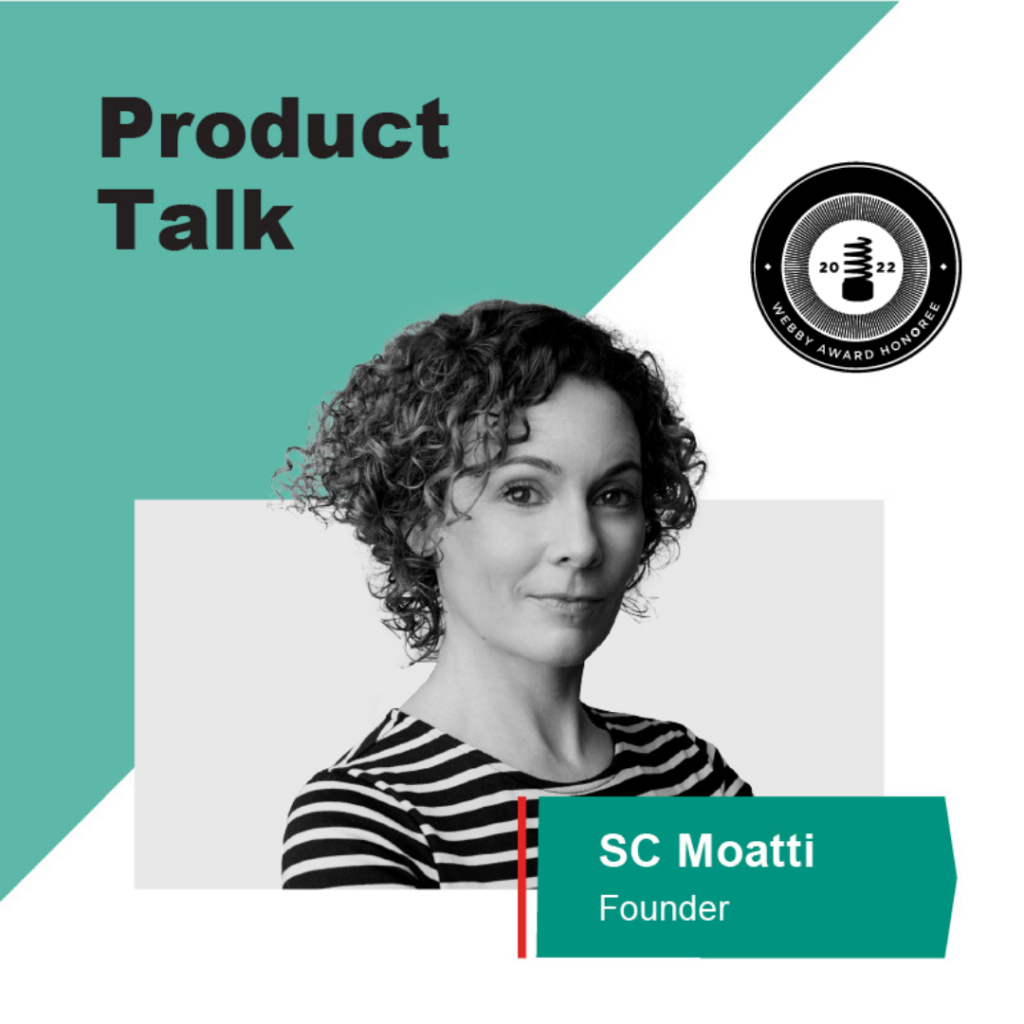The Problem Solving Path
As a good product manager, you first want to formulate a question. This question needs to address what you’re trying to solve. Then you create a hypothesis that doing x, y, or z would be the right way to solve this problem. Next, You find a beachhead segment that you would build this solution for. Eventually, you do some validation through some presentations. If you’re within a company, you would do some building of a consensus between various teams that this makes sense. If you’re a startup, you’d go to some VCs pitch your idea and see if there’s interest. Regardless, you complete some validation that is internal or external.
At least, that’s the hope of every product manager. But what is changing today is that while people are thinking of problems to solve, they’re also thinking if this something that they can solve using AI/ML. In fact, it may not be a new problem, but something that is existing. For instance, it could be using ML to complete a task in a more cost-effective way. It could also be generating new streams of revenue or even improving operational costs.
AI & ML Are Not Always Appropriate Solutions
So product managers are starting to think about that at the initial stage of brainstorming of problem use cases. And I worry about people starting to define a product and a solution without really doing homework and due diligence beforehand. So that is where I would say you should be wary. Personally, I don’t think you can just think of AI or ML as the solution to all problems and just build products around that. I don’t think that works because of certain scenarios not being conducive to data set availability. Or better yet, using the technology could be more expensive.
Some people wonder if using ML would change the product life cycle stages. I would not say there is a direct correlation in my mind. However, I think the product correlation comes with the type of product you’re building. Meaning if I was going to use AI or ML on a product that is already well adopted, then I’m basically trying to make it more efficient. So a user is already converted as in they’re using the product, but they have pain points.
So I’m trying to eliminate those pain points. I would not think that there is much trouble in launching and iterating. Because you’re starting from a place where a user is using a product with a lot of inefficiencies. And so even if you make a miniscule improvement, that’s still an improvement. So you can launch and iterate in those scenarios. However, if you were building a completely new use case, you have to be careful.

About the speaker
Surbhi is a graduate from IIT Kanpur and currently works as the product lead for Google Home. She is a seasoned professional with immense product design and strategy experience, in both B2B and B2C. She launched many successful and insightful products over the last decade utilizing AI and machine learning expertise. Her expertise includes product management, design, business planning, technology roadmap definition, and alliances development expertise.